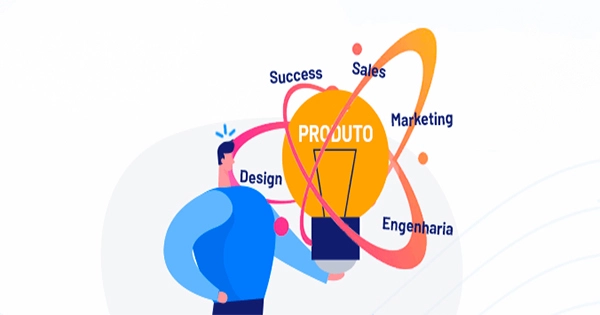As an investor and a previous product manager, I’ve seen a lot of companies fail at product-led growth (PLG) and a lot of firms excel at it. The PLG journey is never simple, but it may pave the way for long-term success. I’ve simplified my expertise into a brief but critical set of conditions that, in my opinion, will considerably improve your startup’s chances of success.
To provide a self-serve experience, construct (or rebuild). Creating a sign-up page and making the entire product available for self-serve consumption is a popular way to start a PLG journey. Perhaps there’ll be a cool marketing effort to go along with it. I’ve never seen this method succeed unless the product is so basic that the user can experience and a-ha! Moment in a couple of minutes on their own.
While it’s been fascinating to see the apes’ floor price rise like a rocket ship, what’s occurring today is a paradigm shift that I believe many other projects will try to emulate with varied degrees of success. Consider bite-sized experiences, each of which would provide a valuable result for the consumer. Time-to-value optimization necessitates determining the smallest, atomic, self-contained pieces of value that can be packaged into a self-serve product. It has the advantage of not overwhelming the potential consumer and of providing incremental value while maintaining their interest.
Some entrepreneurs say that their goods are too complex for PLG to fund. Instead of abandoning self-serve entirely, how about creating an experience that highlights the essence of the product while keeping the complexity pre-packaged or sandboxed? This may, for example, imply a service that operates in a multicloud, pre-configured arrangement or runs on various virtual endpoints, depending on the use case. Self-serve does not have to imply that the complete product is available in the customer’s preferred configuration. Consider bite-sized experiences, each of which would provide a valuable result for the consumer.
Customer touch points should be measured, instrumented, and managed. Because of the low-touch nature of this go-to-market technique, product-led growth is famously tough to debug. Consider a scenario in which the number of people who convert to a paid product is low. Is it because you’re giving out far too much free product? Are the paid product’s advantages not properly stated?
Is it because you’re targeting a low-budget consumer segment? Is the cost of the product (or service) too high (or too low)? You’ll need data to help you figure out what the problem is – product packaging, positioning, price, market segmentation, or a mix of these factors. This is why, even before launching a self-serve solution, I’d strongly advise rigorously instrumenting multiple consumer touch points (including, but not limited to, product usage).













